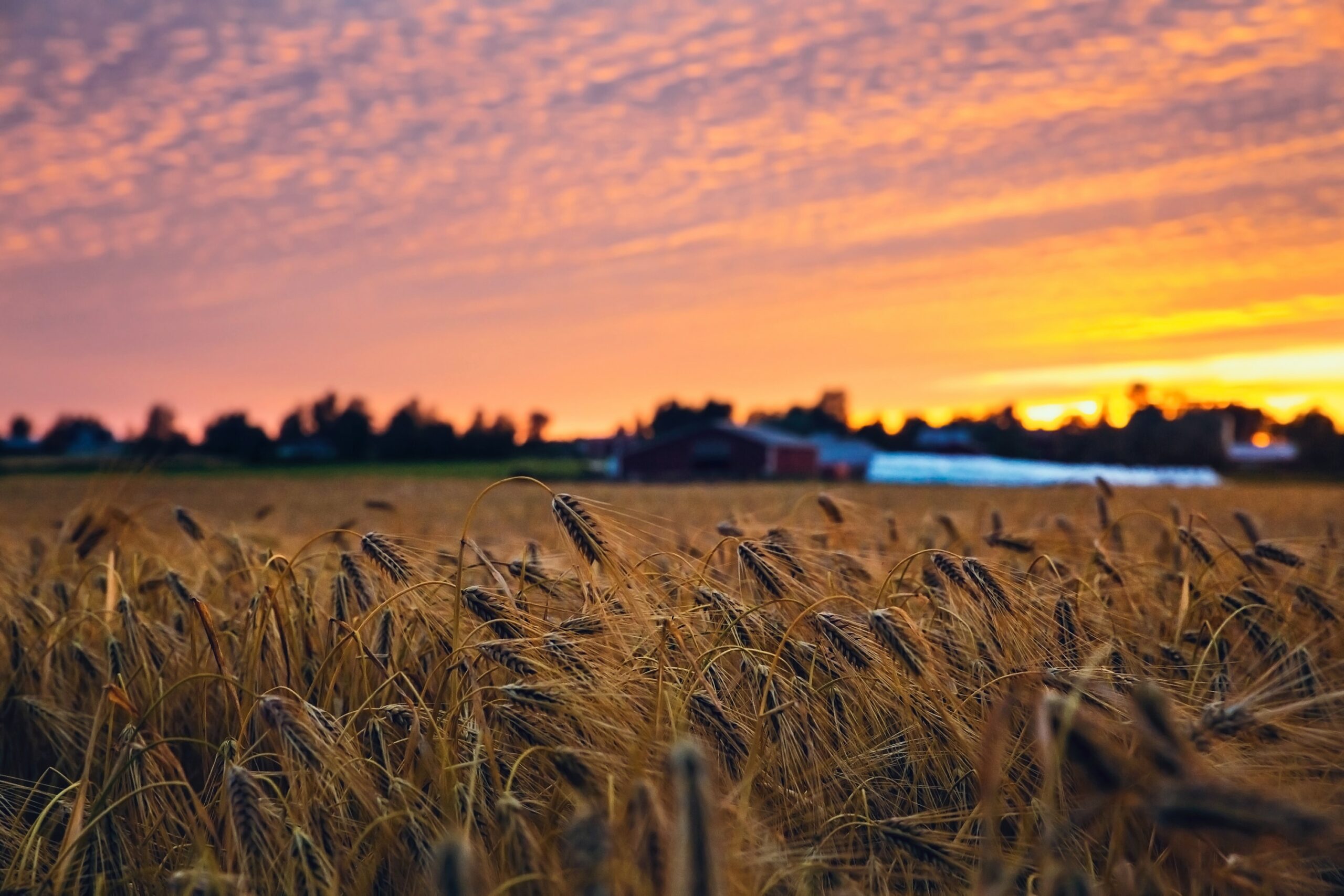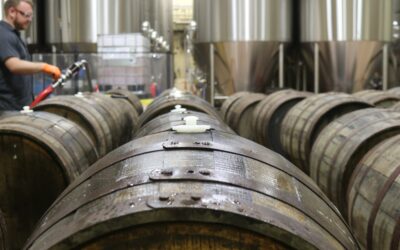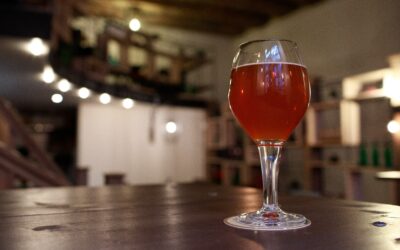Just as wheat brings different qualities to a beer from barley, so it is with oats, rye and other cereals, each of which will bring its own character to a beer, or beer style.
As far back as the 12th century, the German polymath, Abbess St Hildegard of Bingen, noted the usefulness of oats in brewing, and brewers in numerous countries around the Baltic Sea depended historically on brown rye for brewing.
The sweetness from oats can be more intense than from wheat, while rye can bring a spicy heartiness, balancing out even the most assertive hopping, in a way that barley does not always manage.
Kuit (also Kuyt or Koyt)
In the Netherlands until the 16th century, and even later in Denmark, the dominant grain used in brewing was oats. The Dutch style of oat beer was called Kuit (sometimes Kuyt or Koyt), and was the Dutch national drink at the time. It enjoyed a significant export trade, to Flanders, Brabant, England, northern France and the Rhineland, so much so that Delft, Gouda and Haarlem became major brewing towns. It came in a wide variety of styles and is enjoying a small comeback currently.
Roggenbier
This German form of rye lager, has enjoyed a small revival in recent years
In Estonia, where brewers historically used local brown rye for centuries, most craft breweries seem to have at least one rye beer in their portfolio, with examples including blond and dark lagers, brown and red ales, clear and cloudy beers, barrel-aged stouts and others.
While not strictly an alternative grain, the use of chestnut has been mastered by a few French and Italian brewers (see Birra alle castagne), to create rounded, sweet and nutty beers with earthy back tastes, offering a broad palette on which to build beers that range from mainstream to plain whacky.
See also: Oatmeal stout, Rye IPA, Sahti




